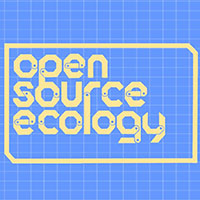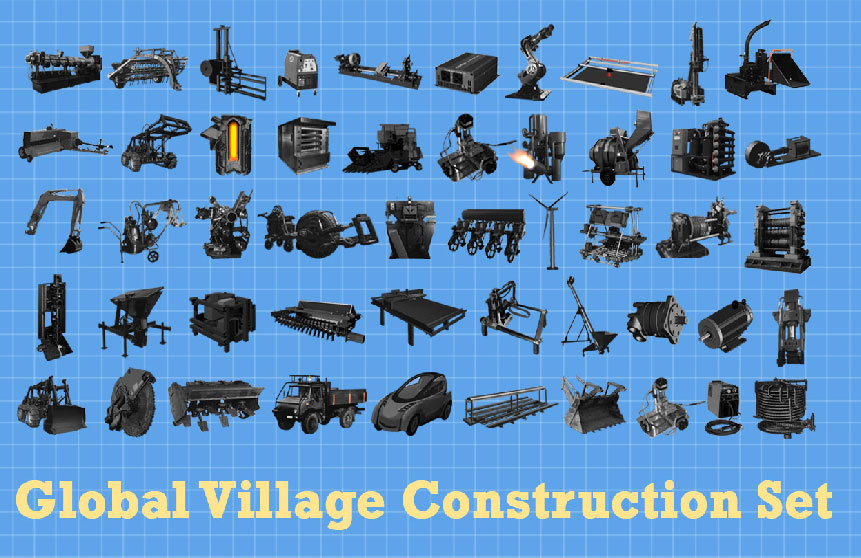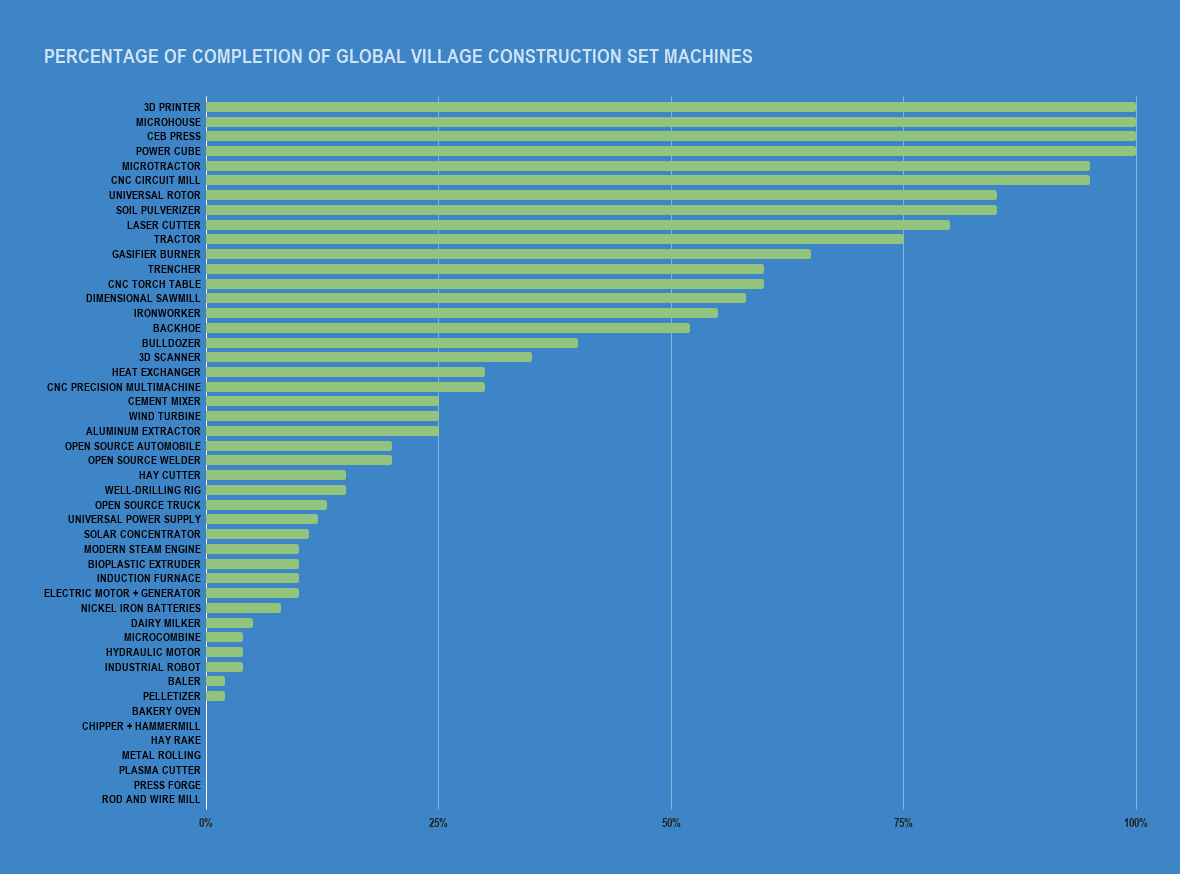Open hardware hits the factory floor: Why GVCS matters now
Open Source Ecology’s Global Village Construction Set (GVCS)-50 open, modular machine designs from tractors to power units and micro-homes-shifts heavy equipment from proprietary black boxes to locally repairable, reconfigurable assets. For operators, that means lower downtime and O&M for OEMs and service partners, a fast-emerging open-hardware ecosystem that will redirect value from locked parts and software to integration, certification, and services.
Executive summary
- Cost and control: A GVCS tractor can be built for ~$12,000 vs ~$120,000 retail; open designs cut dependence on proprietary parts and repair lock‑in that cost U.S. farmers an estimated $1.2B in repairs and $3B in downtime annually.
- Resilience and speed: Designs favor off‑the‑shelf components and reclaimed materials, enabling local substitution when supply chains pinch and quicker maintenance via community know‑how.
- Business model shake‑up: Value shifts from parts/software lock‑in to integration, training, certification, and guaranteed uptime-opening room for new entrants and forcing OEMs toward repairability and open interfaces.
Market context: The competitive landscape just moved
Right‑to‑repair momentum (e.g., Colorado’s 2023 law on agricultural equipment) and ongoing class actions against repair restrictions are eroding OEM control. Meanwhile, repeated supply disruptions and inflation in capital equipment have raised the premium on repairability and local substitution. Open hardware has matured beyond hobbyist projects: OSE launched in 2008; more than 110 machines have been replicated globally, with standout demand for the “Liberator” compressed earth block press used for low‑cost housing. The GVCS approach—Lego‑like modules akin to Linux’s open ecosystem—aligns with corporate mandates on resilience, circularity, and Scope 3 reductions.

Opportunity analysis: Where advantage accrues
- Operators (farms, construction, municipalities, remote sites): Swap single‑vendor dependence for modular fleets using off‑the‑shelf parts; redeploy MRO budget from captive repairs to local maintenance capacity.
- Integrators and service firms: Package GVCS designs into certified kits (CE/UL where applicable), provide training, spares, uptime SLAs, and compliance documentation—capturing annuity revenue without OEM licensing fees.
- Developers and NGOs: Pair the CEB press with micro‑homes for rapid, climate‑resilient housing; localize build systems to available materials.
- OEM response play: Launch “open‑compatible” product lines with documented interfaces and parts catalogs; monetize through retrofit kits, diagnostics, and guaranteed uptime rather than parts lock‑in.
Risks to manage: certification and safety (OSHA/CE/UL), liability/insurance on self‑built equipment, variable performance versus industrial OEMs, workforce skills for assembly and maintenance, and IP hygiene when mixing open and proprietary components.

Action items: Move first, learn fast
- Run a 90‑day TCO pilot: Build or procure one GVCS unit (e.g., Power Cube or CEB press) and benchmark uptime, maintenance hours, and part lead times versus OEM equivalents.
- Create a repairability policy: Mandate open documentation and field‑serviceable designs in 2026 capex buys; negotiate data access and parts availability in vendor contracts.
- Stand up a micro‑fab partnership: Team with a local fab lab/vocational school to assemble, certify, and service GVCS machines; codify training and spare‑parts stocking.
- De‑risk compliance and insurance: Co‑develop a safety plan (guards, lockout/tagout, operator training) and secure insurer endorsements before scaling.
- Target quick wins: Use GVCS for non‑mission‑critical, high‑cost tasks (site prep, brickmaking, auxiliary power) to realize savings without jeopardizing core operations.
- Explore new revenue: If you’re a contractor or dealer, offer “open hardware” service bundles—assembly, certification, uptime guarantees—for customers seeking alternatives to OEM lock‑in.
Bottom line: Open, appropriate hardware is crossing from philosophy to P&L. Early adopters will bank resilience and OPEX savings now—and be better positioned as regulation and customer expectations tilt toward repairability and circular operations.




